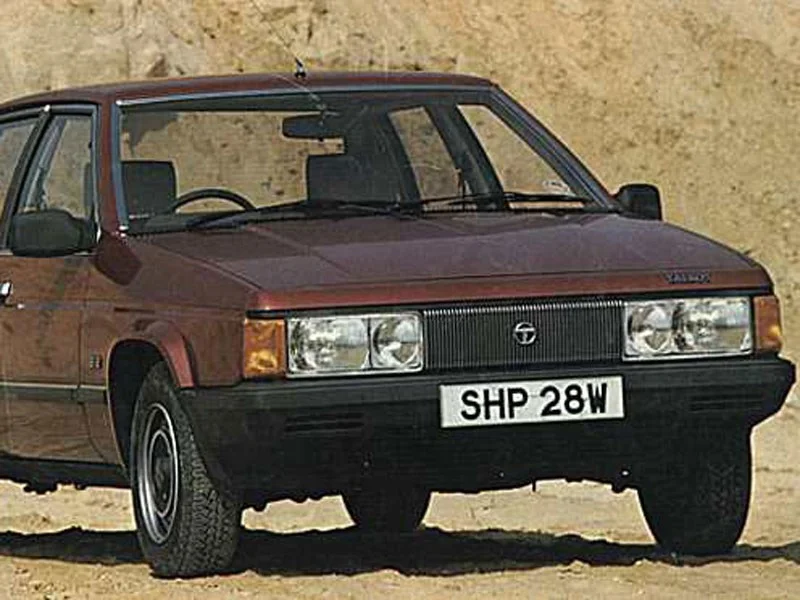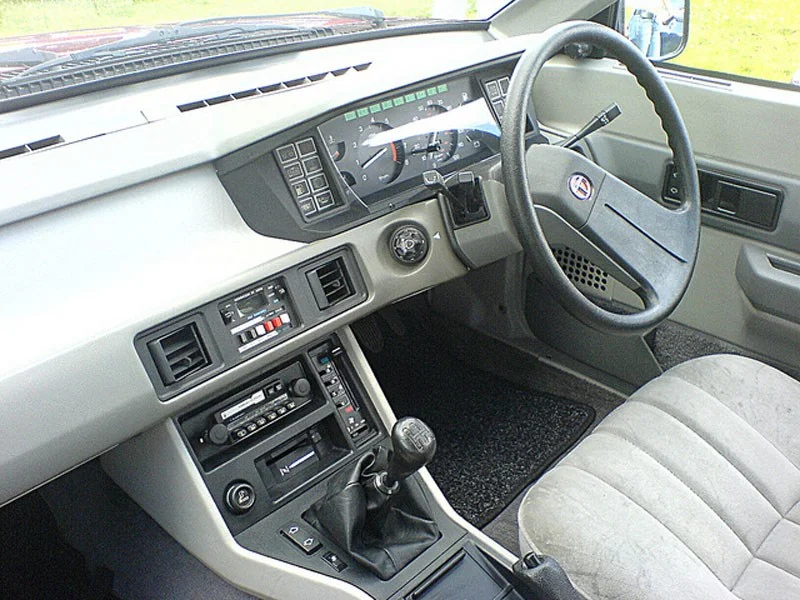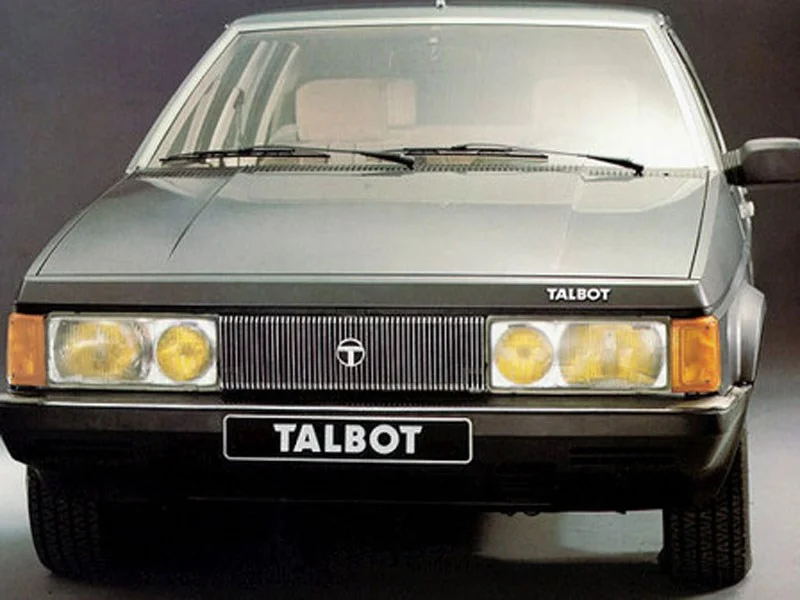Ok, so what do we have here? What is a Talbot Tagora? And why is it a woeful automobile? In a sad case of great idea but poor execution, the sting from this car arrives by showing us what we could have had - instead of the missed opportunity it became.
Chances are, you’ll never have heard of this little curiosity before. Even in the world of the petrol head, theTalbot Tagora is deeply obscure – so to someone who doesn’t know a gearbox from a cylinder head, the Tagora sounds like a character from a Russian spy thriller or an incomprehensible Russian fridge manufacturer. And, like most Russian spy thrillers, the French and Americans are involved to a weighty degree - with no positive outcome to be found whatsoever.
The Talbot Tagora was originally developed as a Chrysler consequence to replace the unsuccessful 180-series. Sporting a odd combination of Peugeot, Citroën and Chrysler engineering, paired with luxury features and power, the idea was to appeal towards flashy executives who were more concerned about snorting cocaine from their secretaries bare chest than they were with fuel economy or maintenance bills. This was executive saloon territory. This was German territory.
The project, christened the ‘C9’, spent four years in exhaustive development hell before Chrysler and PSA (Peugeot and Citroen) suffered a messy divorce. In the end, PSA coughed up a paltry dollar for Chrysler's Europe division and all its contents.
As Chrysler retreated back to the land of the free under duress of bankruptcy, Peugeot was left with the unsavoury task to completely unravel the far-reaching mess that was the Tagora’s product plan. Despite all gut feelings and financial projections, PSA management decided the C9 was too far developed to simply drop, determining that development should be continued and the car put into production - under the Talbot brand.
If you were to study the engine range, you would notice that Peugeot heavily influenced the units that spliced their way into the Tagora’s front end. This is where things start to get a bit weird, however. With the anticipated production volumes, the entry level Tagora had an enlarged version of a supermini engine from deepest rural France – lifted straight from the disastrous and defunct aforementioned 180-Series. Alongside this rather misplaced unit was the Peugeot turbo diesel, although this arrived a hell of a long time after the press launch.
There was a V6 option, offering 163bhp and propelling the Talbot Tagora to brief fame as Frances most powerful saloon. Yet with any headway made, thanks mainly to the V6, PSA shot itself in the foot by adding in their own parts without much thought; the double wishbone front suspension gave way to MacPherson struts taken from the Peugeot 505 and 604 with the rear axle changed over for one much narrower than the construction could accommodate. The front end was then extended to accommodate the optional larger engines. The absolutely perfect handling was now completely ruined.
The appearance of the Talbot Tagora at the 1980 Paris Salon Showcase didn’t attract much attention, despite the interesting political backstory and the well-documented ownership change. The Tagora was lucky to be there at all but disaster appeared to loom.
Suffering a troubled production history and undergoing last minutes changes by the French that ruined nearly every respectable aspect of the vehicle, the press then ripped it to shreds. Calling it ‘bland’ and complaining that the road holding, stance and handling mannerisms were sub-par thanks to the rear wheels set too far inboard of the flanks.
In terms of its engineering, the Tagora had no major flaws but, as the catastrophic 1979 energy crisis instigated Chrysler’s scarper home, the Tagora was launched under the unknown and untrusted Talbot brand - with its questionable pedigree.
In the executive car market, buyers don’t go for unknown brands. In any car market, buyers certainly don’t go for an untrusted one. That would be like accepting a vegetarian salad, from Hannibal Lector, in a steakhouse.
As if all of these aspects weren’t discouraging enough, the advertising department then screwed everything up royally. In the end, Peugeot had a badly received car, with a complete mish-mash of engineering and a lack of brand awareness and trust, with poor adverts and downward-spiralling sales. This was a prime example from the Alan Partridge school of car design.
As you can therefore imagine, the Talbot Tagora sold in miniscule numbers. Only 20,000 manufactured examples left the factory over four years.
The crux of the Tagoras failure? It offered absolutely nothing over and above its rivals, nor its cheaper alternatives, with cruddy detailing and ruined road mannerisms. Nobody would move away from their Jaguars, BMWs, Mercedes-Benz or even their plush Rovers to go for something untrusted and unknown and flailing in almost every aspect. It was not a logical family car and nor was it an executives orgy mobile.
Yet, don’t think the Tagora holds no charm or plus points. Its rather bluff styling is something of a rarity and the interior has abundances of space. And the biggest point is it's near extinct, if you can find one in running order then you’ll likely make quite a profit margin should it be an easy fix. These things are longed for by museum patrons and the small but enthusiastic owners clubs lavish time and money on the very few examples left.
From what can be found about driving one in present day, they are something incredibly different. If you find one, you should buy it outright. Or if not, inform us and we’ll find a loving home for it.
Have a look at the classic Talbots for sale on CCFS – they aren't all a disaster you know…


